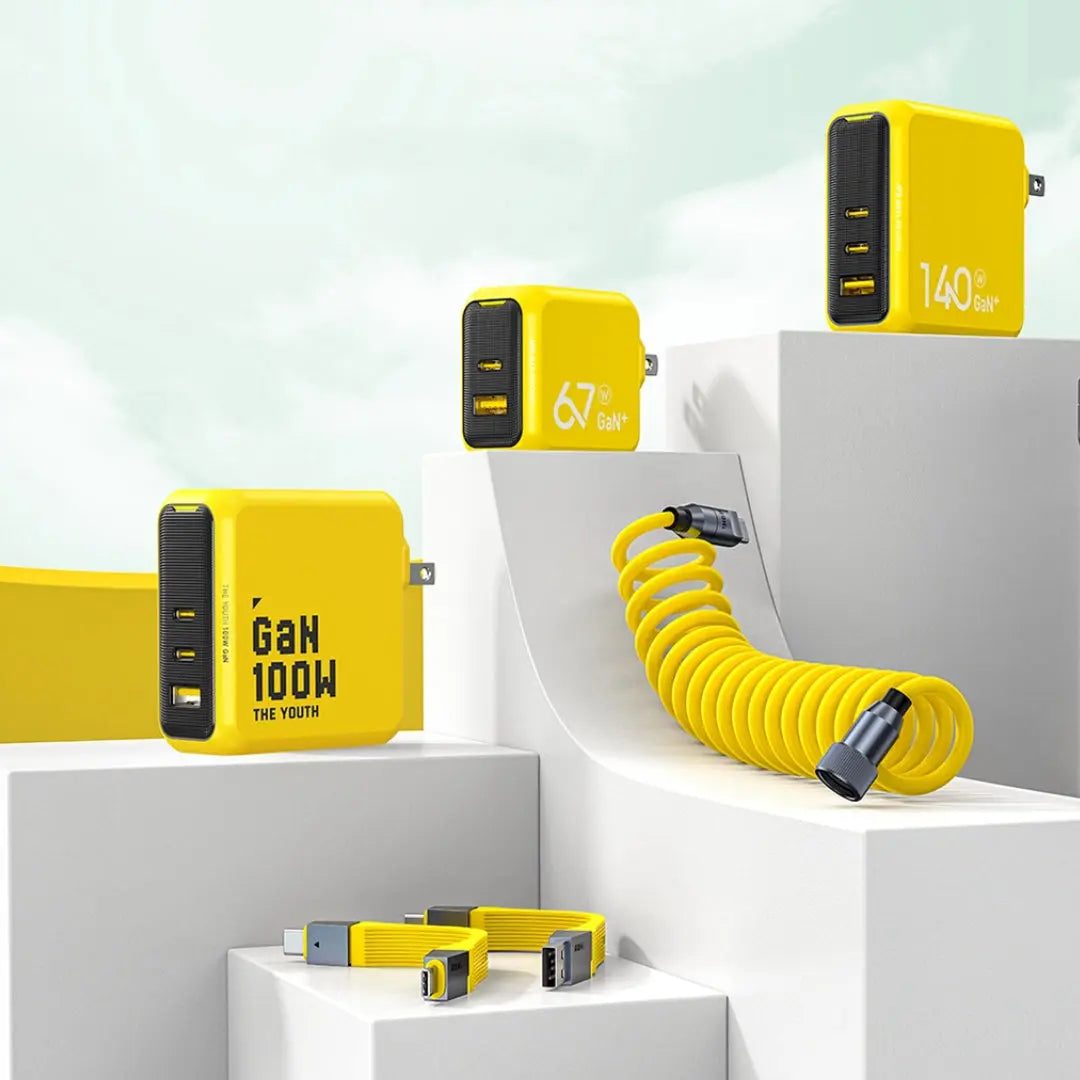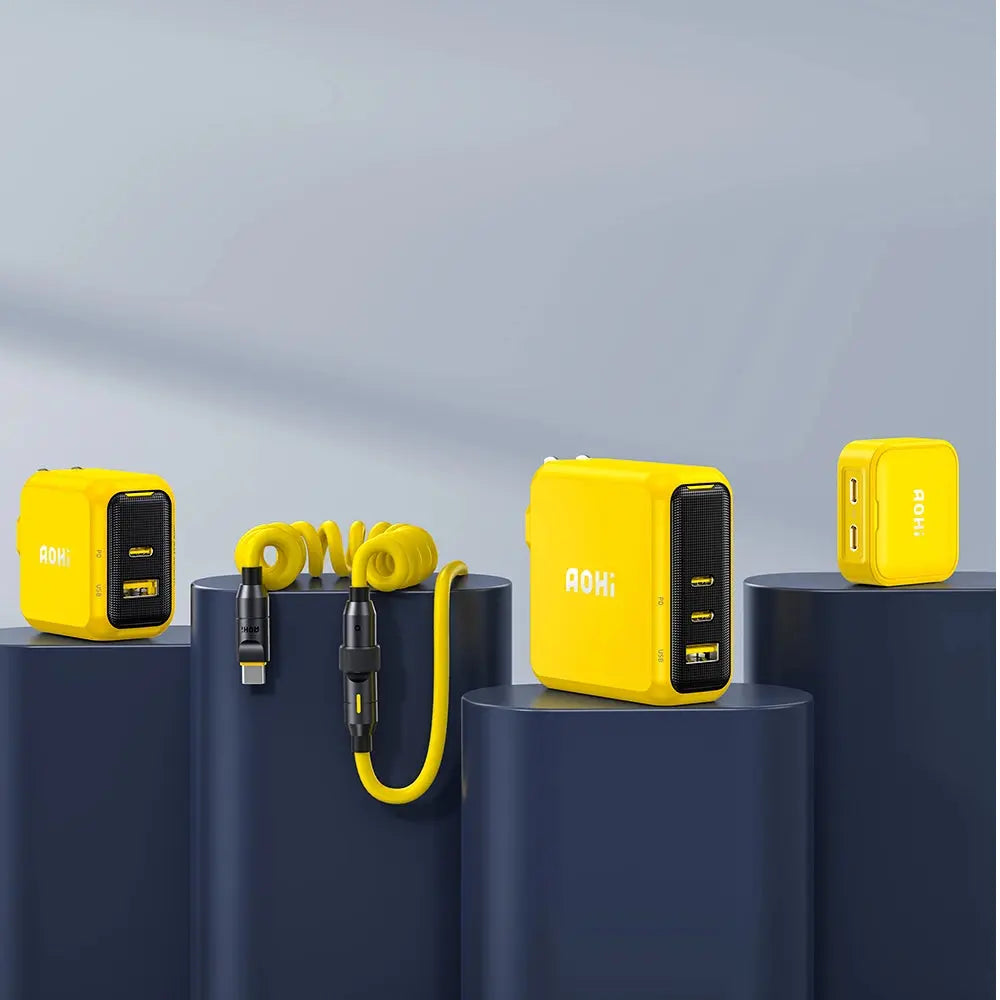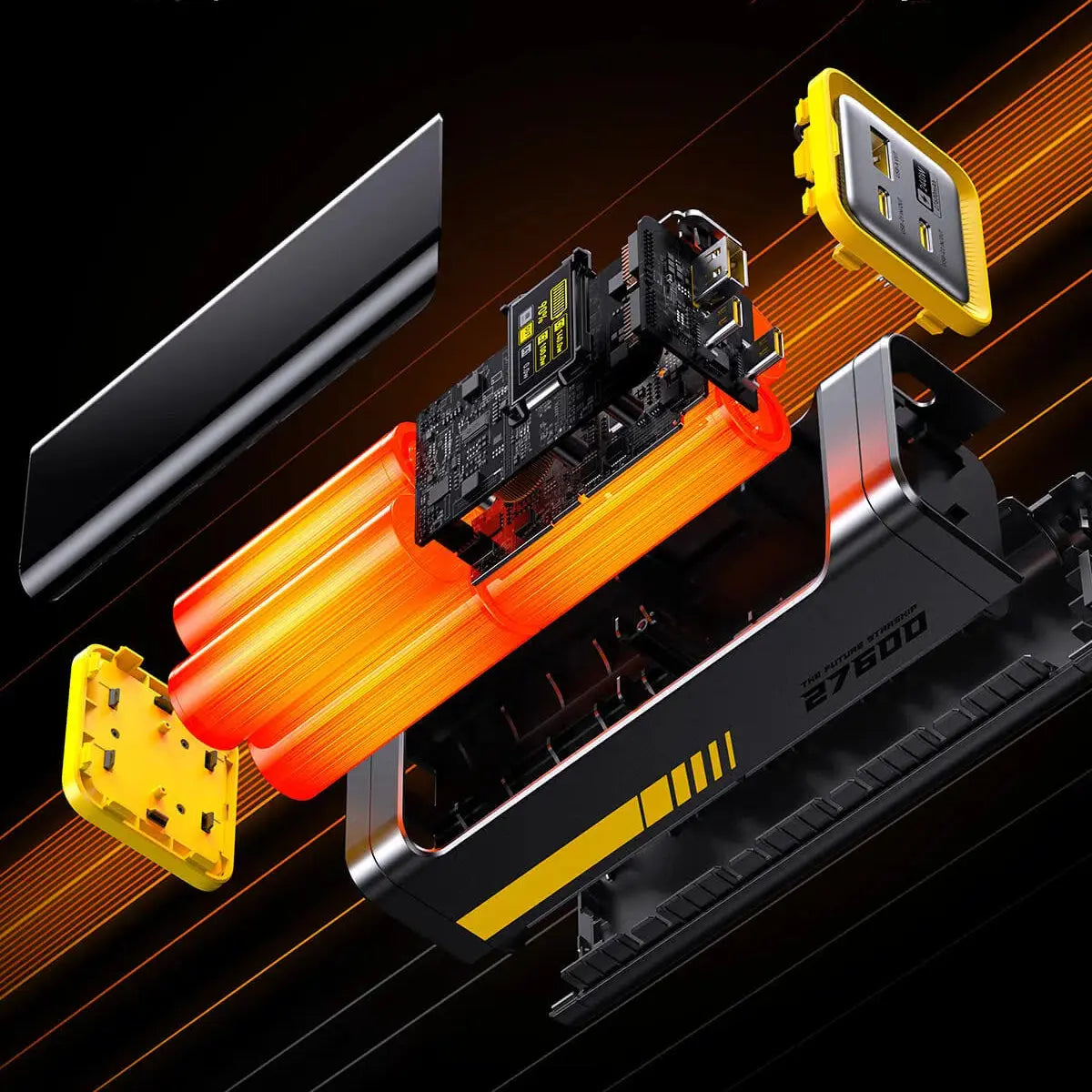Power banks use lithium-ion batteries, which are known for their high energy density. While this makes them efficient, it also means they can pose a fire risk if damaged, short-circuited, or exposed to high temperatures. To mitigate these risks, aviation authorities like the International Air Transport Association (IATA) and national regulators (e.g., the FAA in the U.S. or EASA in Europe) have established clear guidelines.
Key Rules for Carrying Power Banks on Planes
Here are the essential rules you should follow:
1. Carry-On Only
Power banks must be placed in carry-on luggage or kept with you in the cabin. They are not allowed in checked baggage under any circumstances. This allows cabin crew to respond quickly in case of overheating or malfunction.
2. Capacity Limits Matter
Airlines typically regulate power banks based on their capacity, measured in watt-hours (Wh):
Up to 100Wh (e.g., most common power banks up to ~27,000mAh at 3.7V):
✅ Allowed in carry-on baggage without airline approval.
100Wh–160Wh (e.g., high-capacity models):
⚠️ Requires airline approval before travel; limits on quantity may apply.
Over 160Wh:
❌ Not allowed on commercial flights.
If your power bank only lists capacity in mAh, you can calculate Wh using this formula:
Wh = (mAh × Voltage) ÷ 1000
For example:
AOHI 27,600mAh capacity, 3.6V (voltage of single cell) power bank = (27,600 × 3.6) ÷ 1,000 = 99.36Wh — right on the limit.
Always check the label or specs before flying!
If your power bank is over 100Wh, don't panic — it may still be allowed with airline approval.
✅ Tip: If your power bank exceeds the 100Wh limit, contact the airline in advance and send them the MSDS (Material Safety Data Sheet) for approval.
This document proves the battery’s safety standards and is often required for high-capacity devices.
3. Limit Quantity
Most airlines allow passengers to carry up to two high-capacity power banks (100–160Wh), subject to approval. There is usually no strict limit for power banks under 100Wh, but they must still be for personal use.
Tips for Traveling with Power Banks
✅ Label Clearly: Make sure your power bank has its capacity (Wh or mAh) clearly marked. Unlabeled devices may be confiscated.
✅ Keep Accessible: Security may ask you to present your power bank during screening, so keep it easy to access.
✅ Use Quality Brands: Cheap or uncertified power banks are more likely to cause safety issues. Stick with reputable brands that follow international safety certifications (e.g., CE, FCC, RoHS).
✅ Don’t Use Damaged Devices: Swollen, cracked, or malfunctioning power banks should not be taken on flights—and ideally, not used at all.
✅ Avoid Charging While in Storage: Don’t charge your power bank while it’s packed in a bag. Always monitor charging.
AOHI’s Commitment to Air Travel Safety
At AOHI, we design power banks with aviation safety in mind. Our products are:
✅ Under the 100Wh safety threshold, making them flight-ready without restrictions
✅ Certified with global safety standards
✅ Built with multi-layer protection systems to prevent overheating, overcharging, and short circuits
🚀 AOHI Starship 27600mAh 240W Power Bank – For laptops, creators, and power users
👉 Buy Now
So whether you're jetting off for a weekend getaway or a long-haul business trip, AOHI has the safe, reliable charging gear to keep you powered throughout your journey.
Conclusion
Understanding air travel regulations for power banks ensures a smooth, safe trip—and prevents unpleasant surprises at airport security. Next time you fly, make sure your portable power is just as travel-ready as you are.
Fly safe, stay charged. ✈️🔋





